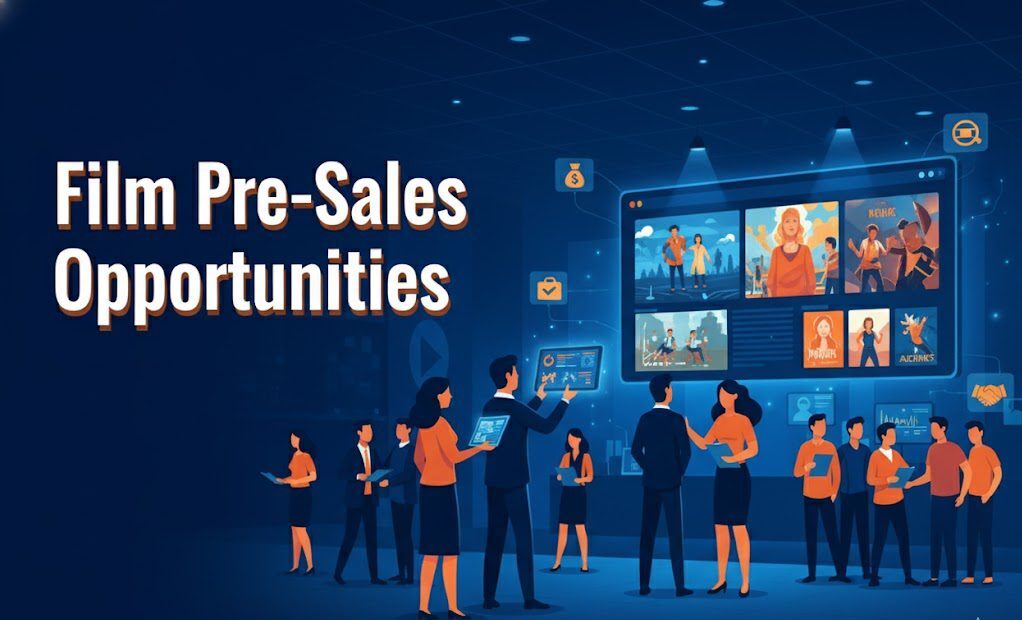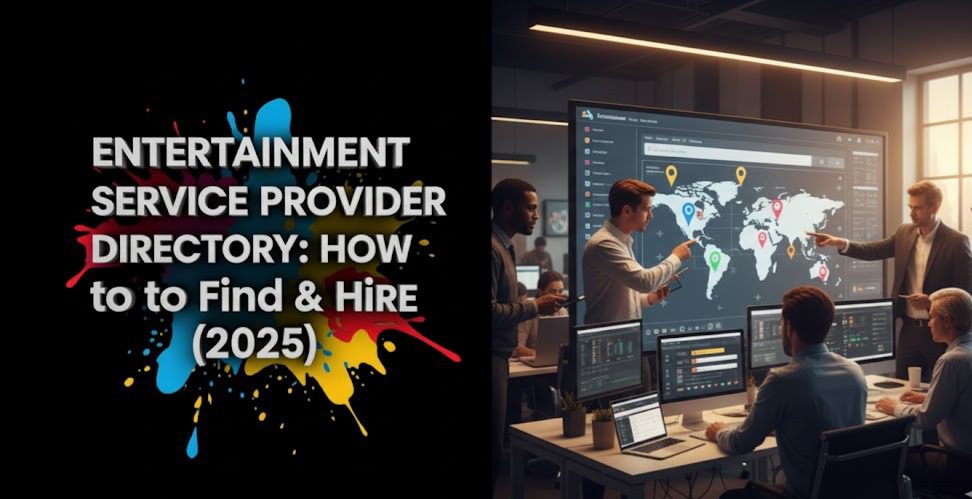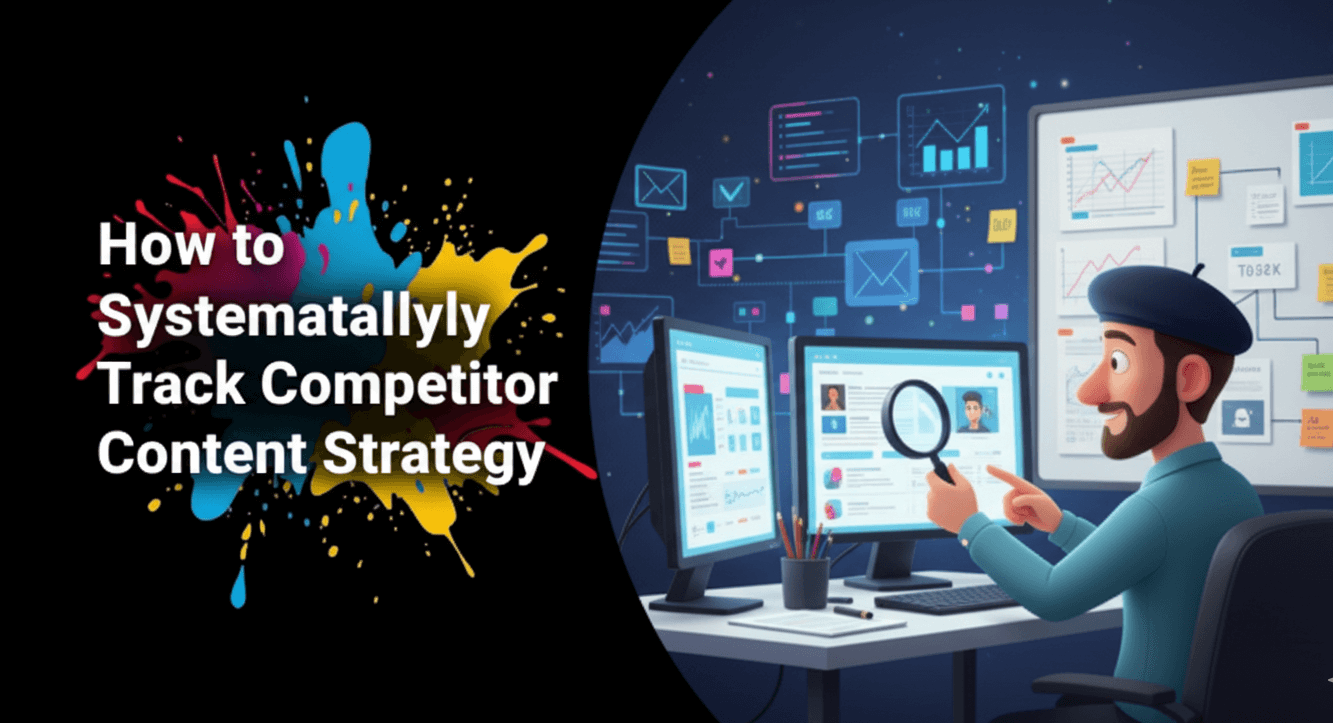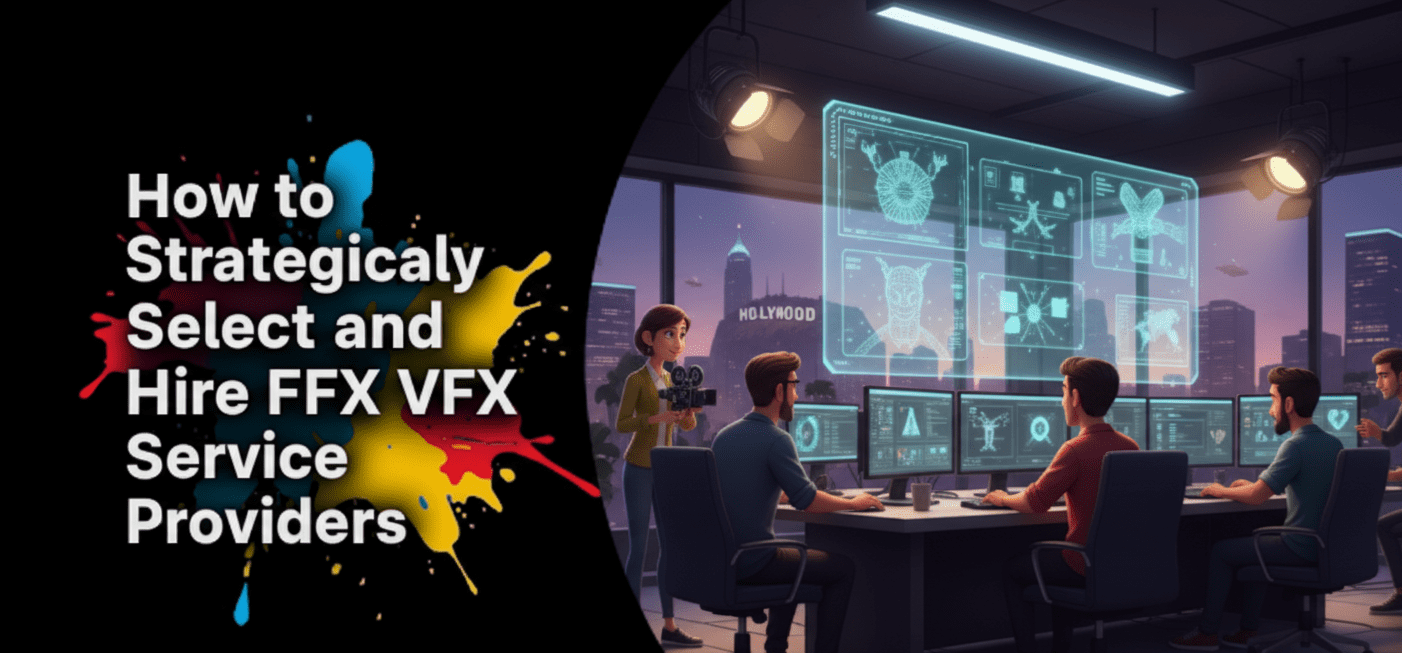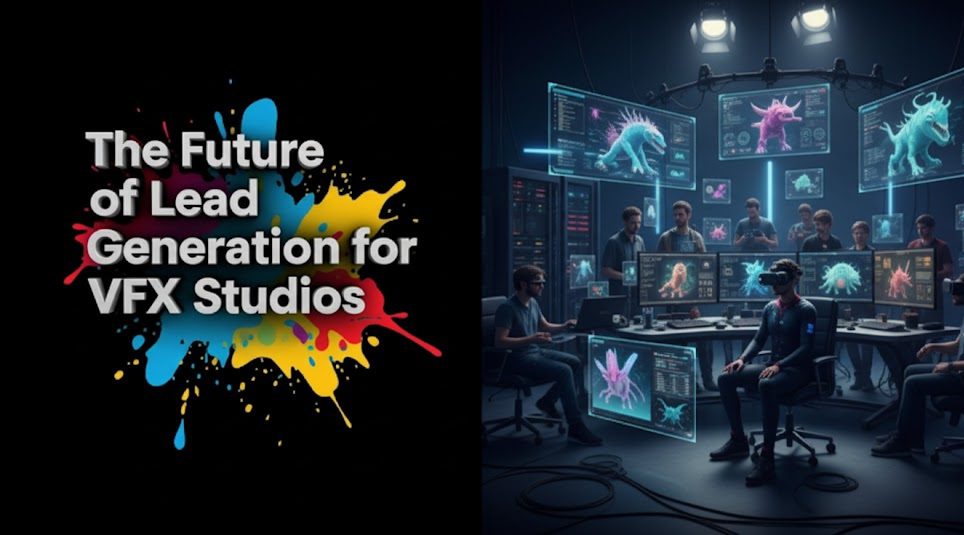Introduction
In the fiercely competitive world of streaming, an effective content acquisition strategy is the lifeblood of any OTT platform. With audiences craving fresh, diverse, and engaging content, platforms must navigate a complex landscape of licensing deals, original productions, and data-driven decisions. This comprehensive guide delves into the intricacies of content acquisition for OTT platforms, offering insights into strategies, challenges, and solutions. By the end of this article, you’ll have a clear understanding of how to craft a robust content acquisition strategy that aligns with your platform’s goals and audience expectations.
Enhance Your OTT Content Strategy

What is a Content Acquisition Strategy?
A content acquisition strategy is a systematic approach adopted by OTT platforms to source, evaluate, and procure content that aligns with their brand, audience preferences, and business objectives. This strategy encompasses decisions on whether to license existing content, produce original content, or a combination of both, and involves negotiations, legal considerations, and financial planning.
Importance of Content Acquisition for OTT Platforms
Content is the cornerstone of any OTT platform. A well-executed content acquisition strategy ensures:
- Audience Retention and Growth: Fresh and relevant content keeps existing subscribers engaged and attracts new ones.
- Competitive Advantage: Exclusive or high-demand content can set a platform apart in a crowded market.
- Revenue Generation: Popular content can drive subscriptions, advertising revenue, and partnerships.
- Brand Identity: The type of content acquired reflects and shapes the platform’s brand image.
Types of Content Acquisition
1. Licensed Content
Acquiring rights to existing content from studios, distributors, or other platforms. This can be exclusive or non-exclusive and is often time-bound.
Pros:
- Quickly expands content library.
- Lower upfront costs compared to original productions.
Cons:
- Limited control over content.
- Potential for content to be available on competing platforms.
2. Original Content Production
Creating exclusive content in-house or through partnerships.
Pros:
- Full control over content.
- Enhances brand identity.
- Potential for long-term revenue through syndication and merchandising.
Cons:
- High production costs.
- Longer time to market.
3. Content Aggregation
Partnering with multiple content providers to offer a diverse range of content.
Pros:
- Broad content offering.
- Attracts varied audience segments.
Cons:
- Complex licensing agreements.
Potential content overlap.
Streamline Content Acquisition Processes

Steps to Develop a Content Acquisition Strategy
1. Audience Analysis
Understand your target audience’s preferences, demographics, and viewing habits. Utilize analytics and market research to inform content decisions.
2. Content Gap Analysis
Identify gaps in your current content library and determine what content is needed to fill those gaps and meet audience expectations.
3. Budget Planning
Allocate budget for content acquisition, balancing between licensed and original content. Consider production costs, licensing fees, and potential ROI
4. Partnership Development
Build relationships with content creators, studios, and distributors. Negotiate favorable terms and explore co-production opportunities.
5. Legal and Compliance Review
Ensure all content acquisition complies with legal requirements, including rights management, regional restrictions, and content ratings.
6. Performance Monitoring
Regularly assess content performance through metrics like viewership, engagement, and subscriber growth to inform future acquisition decisions.
Challenges in Content Acquisition
- High Competition: The demand for premium content leads to bidding wars, driving up costs.
- Licensing Complexities: Navigating rights, territories, and exclusivity clauses can be intricate.
- Content Saturation: Standing out in a market flooded with content requires strategic selection.
Audience Fragmentation: Catering to diverse audience preferences necessitates a varied content portfolio
How Vitrina Helps with Content Acquisition
Vitrina is a leader in tracking the global video entertainment supply chain, offering invaluable support to OTT platforms in their content acquisition endeavors. Here’s how Vitrina can assist:
- Global Film+TV Projects Tracker: Access a comprehensive database of film and TV projects worldwide, updated daily, to identify potential acquisitions and partnerships.
- Deep Company and Executive Profiling: Gain insights into production houses, distributors, and key decision-makers to streamline outreach and negotiations.
- Verified Contact Information: Connect directly with industry leaders and executives, reducing the time and effort in establishing partnerships.
- Strategic Market Briefings: Receive regular updates and analyses on global production trends, aiding in informed decision-making.
- API Integration: Integrate Vitrina’s data into your existing CRM systems like HubSpot and Salesforce for seamless workflow integration.
By leveraging Vitrina’s tools and insights, OTT platforms can enhance their content acquisition strategies, ensuring a diverse and engaging content library that resonates with their target audience.
Key Takeaways
- A robust content acquisition strategy is essential for OTT platforms to thrive in a competitive market.
- Balancing licensed and original content can optimize audience engagement and ROI.
- Understanding audience preferences and market trends is crucial for informed content decisions.
- Leveraging tools like Vitrina can streamline the content acquisition process and provide strategic advantages
Frequently Asked Questions
Platforms should consider audience preferences, content relevance, licensing costs, exclusivity, and potential ROI.
Original content can differentiate a platform, build brand identity, and offer exclusive viewing experiences that attract and retain subscribers.
Understanding the audience ensures that the acquired content aligns with viewer interests, leading to higher engagement and satisfaction.




























